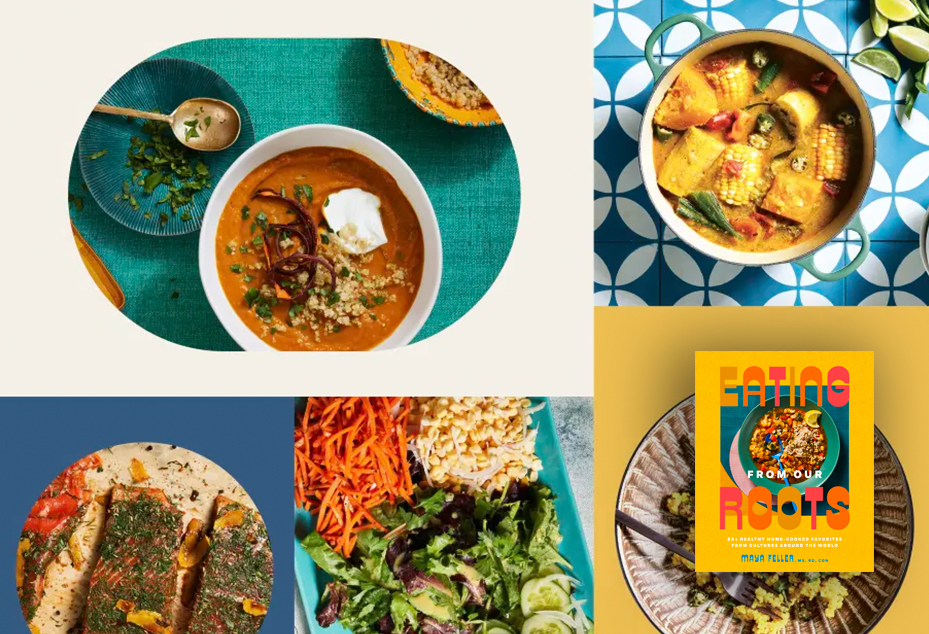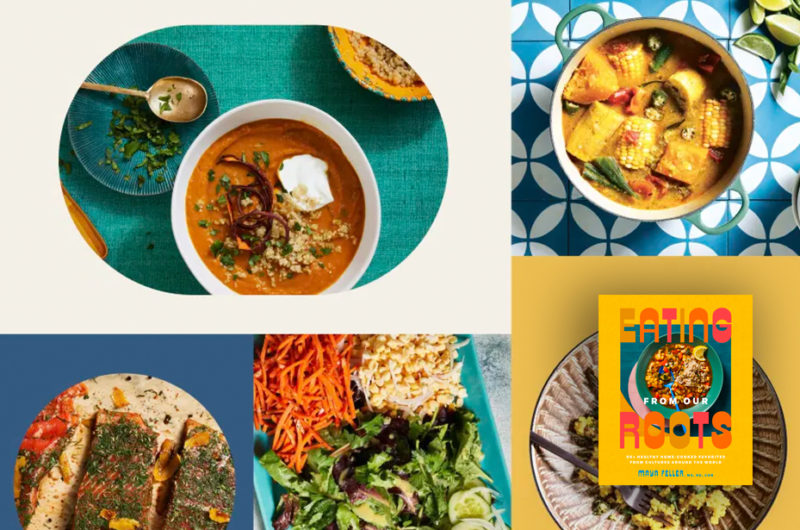Blog, Culturally relevant foods
Culturally Relevant Foods
Let’s explore some definitions more closely
Recently, I wrote an article titled “Why Eating Foods that are Culturally Relevant to You Is Profoundly Important for Your Health, According to an RD” where I talk about the benefits of eating one’s own cultural foods as well as branching out to include lesser-known foods from cultures that are not your own (find the full article here). I wanted to share and highlight some of the central points that encourage us all to expand and look beyond value boundaries erected by Anglo-American definitions of healthy eating.
The inspiration for the article comes partially from my clinical experience, particularly interactions with patients where they tell me they feel shame and guilt when eating their cultural foods because they don’t find the recommended (and exceedingly limited) ‘healthy’ food options to be appealing. They feel that dominant health and nutrition recommendations have erased their culture and subsequent cuisine.
My patients have taught me that when they are able to include foods that are culturally relevant to them, they are more likely to regularly include the fruits, vegetables, and starches that they know and love as a consistent part of their pattern of eating.
For example, a full-flavor rice dish cooked with dry mushrooms often called “black rice” is an incredibly nourishing and nutrient-rich dish eaten in Haiti yet we wouldn’t find this recipe in dominant health conversations. Even plain rice and the beloved rice and beans– eaten by a remarkable population throughout the Caribbean Caribbean and many other cultural groups around the world– are rarely mentioned and often even frowned upon. I wrote a previous blog article on this that offers more facts.
Ingredients
2 tbsp avocado oil
1 yellow onion, thinly-sliced
3 cloves of garlic, minced
1-inch piece of ginger, chopped
3 tbsp of green seasoning
1 tomato, roughly-chopped
2 sprigs of thyme
1 kabocha squash, cleaned and roughly-chopped
1 can coconut milk
2 cups red beans
4 cups low-sodium vegetable broth
Fresh black pepper
1 habanero pepper
1 lime, cut into eight pieces, for serving
Black rice, for serving
Instructions
- Set Instant Pot to sauté
- Add oil, onion, garlic, ginger, green seasoning, and tomato and sauté for three to five minutes.
- Add thyme, squash, coconut milk, beans, vegetable broth, black pepper to taste, and habanero pepper.
- Cover and set the Instant Pot to pressure cook for 40 minutes.
- Serve with a slice of lime, black rice, and avocado.
My hope is that continued conversations like this call attention to microinvalidations that happen with authoritative declarations in the food, nutrition, and health space and provide opportunities for introspective work
Let’s define some key terms in this conversation:
| Microinvalidation | Communications that exclude, negate, or nullify the psychological thoughts, feelings, or experiential reality of a person of color |
| Food shaming/guilting | The ill judgment of or criticizing of what another person eats, either intentionally or unintentionally |
| Culturally relevant or preferred foods | Foods that describe safe and nutritious foods that meet the diverse tastes and needs of customers based on their cultural identity, and also holds space for the cultural practices around the preparation and consumption of the food, considering where, how and with whom it is eaten |
I encourage you to think about these terms and reflect on your views on what “healthy” means. Doing so can provide space for expanding your pattern of eating to include a wider array of foods and flavors. I hope you will consider your own heritage foods as well; add new fruits, vegetables, grains, or spices that can add flavor, color, and texture to your plate. Cooking at home is a way to explore another culture. Incorporating a variety of foods from cultures around the globe provides an opportunity to expand one’s eating repertoire while reframing definitions of healthy eating. Take full advantage of the ingredients that you find in your local markets and those you may opt to order online.




Leave a Reply